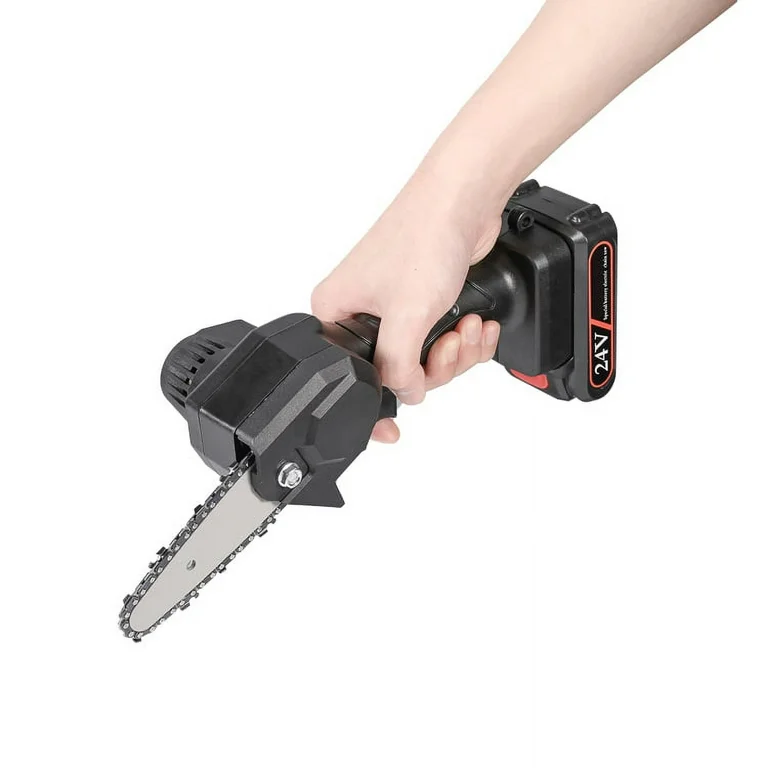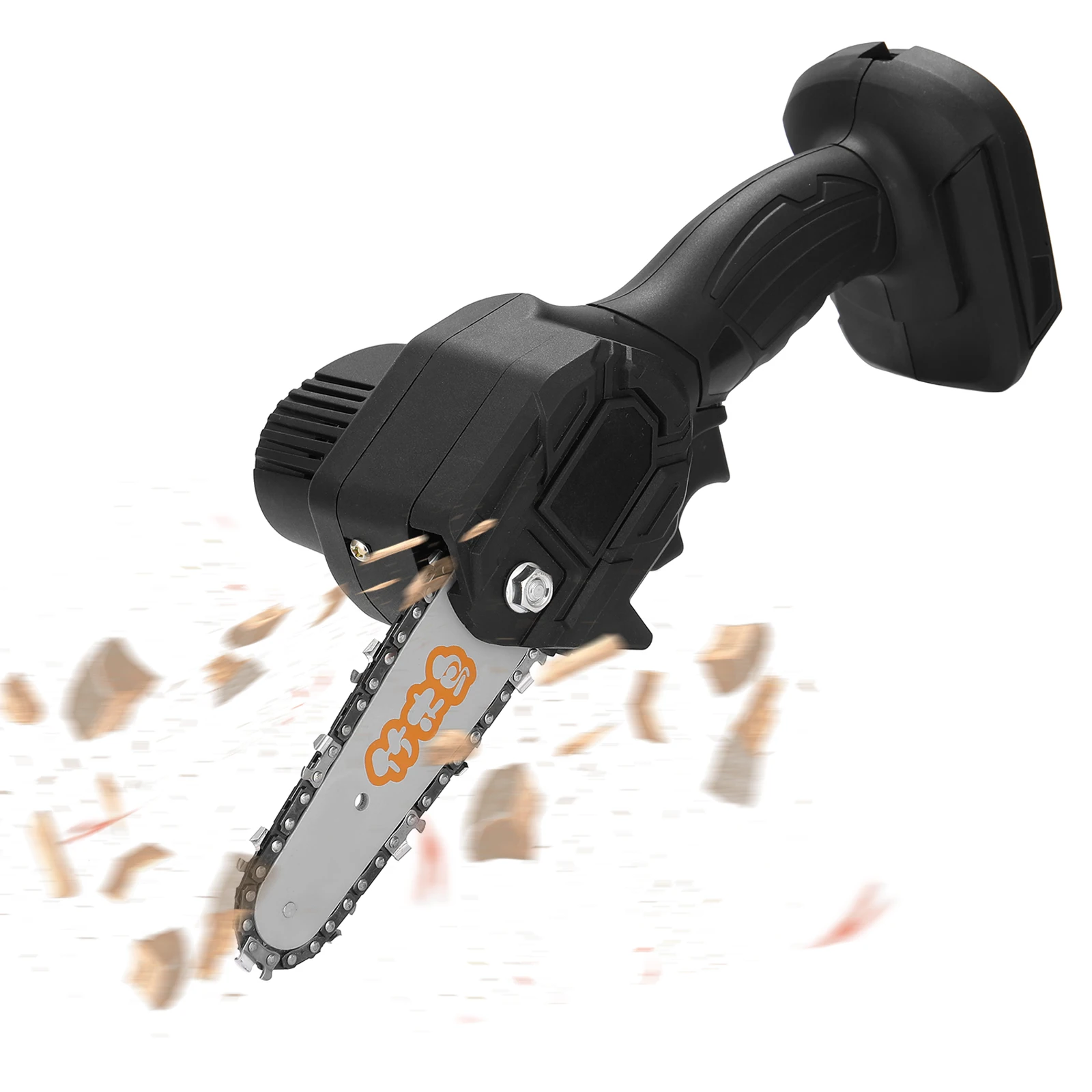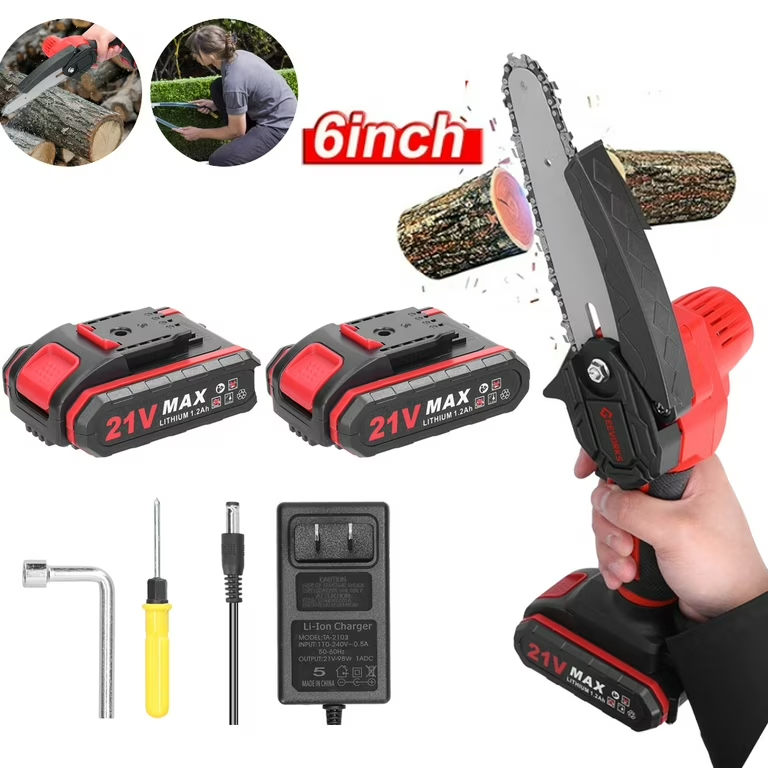
Maximizing Efficiency: A Guide to Power Tools and Their Uses
Introduction to Power Tools
In this guide, we dive into the world of power tools. Power tools are devices that make building, repairing, and creating easier. They use external sources like electricity, air, or gas to work. What is a power tool? It is a tool that helps you with demanding tasks. Power tools differ from hand tools, which rely on your own force.
Power tools come in many types, each suited for specific tasks. Electric power tools can be either corded or cordless. They are ideal for indoor projects and precision work. Pneumatic power tools run on compressed air and suit heavy-duty jobs. Gas-powered tools are great for outdoor use. But with more power comes more responsibility. Users must always prioritize safety and maintenance.
Knowing when and how to use these tools is key. Power tools can save time and reduce effort in big projects. However, if you’re using them for the first time, it’s critical to understand their operation. Proper use is essential to avoid accidents and achieve the best results. We will cover their advantages, limitations, and safety tips in this guide. Each section will help you choose and use the right power tools for your tasks.

Electric Power Tools
Electric power tools are essential for tasks needing precision and power. They come in handy for both DIY enthusiasts and professionals. With an external power source, like electricity, these tools can perform jobs quickly and with less effort than manual labor.
Corded Power Tools
Corded power tools offer unlimited runtime as long as they have power. They’re connected to an electrical outlet and provide steady, reliable power for extended use. Ideal for continuous heavy-duty tasks, they are a solid choice for workshop settings.
Advantages:
- Constant power supply ensures no downtime.
- Typically more potent than battery-powered options.
- No need to charge batteries or buy replacements.
Drawbacks:
- Limited mobility due to the power cord.
- Finding a power outlet can be a hassle in some spaces.
- Storing cords neatly can be challenging.
Cordless Power Tools
Cordless power tools are powered by rechargeable batteries. They give users the freedom to move around without being tethered to an outlet. Perfect for on-the-go tasks or those without direct power access.
Advantages:
- Greater mobility and ease of use.
- Convenient for outdoor or ladder-based work.
- Quick to set up with no cords to untangle.
Drawbacks:
- Limited runtime before needing a recharge.
- Batteries can lose capacity over time.
- Less power than corded tools, affecting efficiency.
Pneumatic Power Tools
Pneumatic power tools run on compressed air, which an air compressor provides. They are known for their robust performance and are a favorite in workshops and industrial settings.
Advantages of Pneumatic Power Tools
- They deliver high torque and power, ideal for tough jobs.
- Pneumatic tools tend to have a longer lifespan due to fewer motor parts.
- The consistent pressure ensures the tools run efficiently with less risk of power fade.
Disadvantages of Pneumatic Power Tools
- They require an air compressor to work, which limits their portability.
- The air compressor can be loud, which may require additional ear protection.
- These tools may not be suitable for use in remote areas without compressor access.
Using Pneumatic Power Tools Safely
When using pneumatic tools, it’s crucial to wear the right safety gear and follow proper procedures. Always inspect tools and hoses for damage before use. Securely attach air hoses and fittings. Be sure to disconnect the tools when not in use. Keep a clean workspace to avoid tripping over air hoses.
Maintenance of Pneumatic Power Tools
Regular maintenance is vital for pneumatic tools. Always drain moisture from the air compressor tank. Lubricate the tools as directed in the manual. Check and replace the air filters regularly. Address leaks and repair damaged hoses immediately.
Gas-Powered Tools
Gas-powered tools are essential for outdoor projects. They operate using fuels like gasoline or propane. This independence from electrical sources enables them to be highly mobile, which is ideal for tasks without nearby power outlets.
Benefits of Gas-Powered Tools
- High Mobility: Users experience unrestricted movement, crucial for larger outdoor areas.
- Constant Power: They offer consistent performance without the need for battery recharges.
- Robust Performance: Generally, these tools are more powerful, making them suitable for heavy-duty tasks.
Drawbacks of Gas-Powered Tools
- Maintenance: They require regular upkeep, including fuel refills and engine checks.
- Noise and Emissions: These tools are louder and emit fumes, which might be problematic in residential areas.
- Weight: Typically heavier, they can be more challenging to handle over long periods.
Using Gas-Powered Tools Safely
Safety is crucial when handling gas-powered tools. Always wear protective gear like gloves and goggles. Ensure the working environment is well-ventilated. Regularly check the tool’s condition before use to prevent accidents.
Maintenance of Gas-Powered Tools
Maintaining these tools is key for their longevity. Regularly clean filters and check for fuel leaks. Change the oil as recommended by the manufacturer. Store in a cool, dry place to avoid rust and damage.
Gas-powered tools are powerful options for extensive outdoor work. They require careful handling and regular maintenance. Knowing these can help ensure safe and effective use.

The Pros and Cons of Power Tools
Power tools come with their distinct advantages and downsides.What is a power tool?
Advantages of Power Tools
Power tools have several benefits that make them a go-to for many tasks:
- Speed: They work quickly, saving valuable time.
- Precision: Power tools provide accurate cuts and holes.
- Versatility: They perform a wide range of jobs, from drilling to sanding.
- Efficiency: These tools reduce the effort needed compared to hand tools.
- Strength: Power tools handle tough materials with ease, which might be tough manually.
Each benefit is significant for different projects and can greatly enhance work quality and productivity.
Disadvantages of Power Tools
Despite their strengths, power tools have limitations:
- Safety risks: Incorrect use can lead to injuries.
- Power dependency: Most need electricity, batteries, or fuel to operate.
- Cost: They can be more expensive than hand tools.
- Maintenance: Power tools require regular upkeep to last.
- Portability: Some models, especially gas-powered, can be heavy and hard to move.
Considering these cons is crucial. Proper handling can mitigate risks and help maintain their function.
Safety Measures for Using Power Tools
Safety always comes first when handling power tools. To prevent accidents and injuries, apply these measures every time you work.
Wear Appropriate Personal Protective Equipment (PPE)
Always wear safety gear like goggles, gloves, and hearing protection when operating power tools. Protecting your eyes, hands, and ears is crucial.
Read Instruction Manuals
Before using any power tool, read the manual. Understand how to operate it safely and correctly.
Inspect Tools Before Use
Check your power tools for damage or wear before you start. Look for frayed cords, loose parts, and wear. Fix issues before using.
Keep Work Areas Clean
Maintain a tidy workspace. Remove clutter to prevent tripping or other accidents.
Handle Tools with Care
Operate power tools with focus and care. Avoid rushing, as this can lead to mistakes.
Maintenance and Storage of Power Tools
Proper maintenance and correct storage are key to ensuring the longevity of your power tools. Whether you own electric, pneumatic, or gas-powered tools, following some simple steps can save you time and money, while keeping your tools in optimal condition. Here are some guidelines to follow:
Electric Power Tools
- Keep them free from dust and dirt. Use a soft brush or cloth after each use.
- Check for loose parts or damaged cords. Tighten and replace as needed.
- Store in a dry place. Moisture can cause rust and damage electrical components.
Pneumatic Power Tools
- Regularly drain the air compressor tank to remove moisture.
- Lubricate the tools as per the user manual to reduce wear.
- Inspect hoses for leaks or wear and repair or replace promptly.
Maintaining Gas-Powered Tools
- Clean or replace filters often to keep engines running smoothly.
- Check the fuel system for leaks and ensure it is properly sealed.
- Change engine oil and clean spark plugs based on service intervals.
Storing Power Tools
- Choose a cool, dry place away from direct sunlight to prevent damage.
- Use wall mounts, pegboards, or toolboxes to keep tools organized.
- Label storage areas for easy identification and access to your tools.
By adhering to these maintenance routines and storage techniques, you’ll have tools that perform at their best for years to come. Remember to consult your tool’s instruction manual for specific care instructions unique to each model. Consistent care not only extends the life of your power tools but also ensures they’re ready and safe to use for every project.

Essential Power Tools for Specific Projects
Selecting the right power tools for specific projects can enhance efficiency and outcome quality. What is a power tool? Knowing which tools to use is vital for both DIY enthusiasts and professionals. Below is a list of essential power tools suitable for common tasks:
Metalworking Projects
- Angle Grinder: Great for cutting and grinding metal.
- Drill Press: Offers precise holes in metalwork.
Home Renovation Projects
- Power Drill: Drills holes and drives screws efficiently.
- Nail Gun: Speeds up the process of nailing.
- Oscillating Multi-Tool: Useful for trimming, cutting, and sanding in tight spaces.
Outdoor Projects
- Chainsaw: Cuts trees and large branches.
- Leaf Blower: Clears leaves and debris fast.
- Pressure Washer: Cleans outdoor surfaces effectively.
For Automotive Work
- Impact Wrench: Helps remove lug nuts quickly.
- Air Compressor: Powers a variety of tools and inflates tires.
Each of these tools serves a unique purpose and can significantly improve the ease and quality of your work. Remember to operate each with care and follow proper safety guidelines.
Conclusion
Wrapping up, power tools are a game changer for many projects. They offer speed, precision, and strength, cutting down on time and effort. With varieties like electric, pneumatic, and gas-powered, there’s a tool for every task. Each type has its pros, like enhanced efficiency and versatility, but cons, too, such as safety risks and maintenance needs.
Safety must come first. Wear protective gear and understand how to use each tool correctly. Good maintenance extends the life of your power tools. Store them properly after use.
For specific tasks, choose the right tool to boost productivity. From woodworking to home renovation or outdoor projects, the correct power tool can make a big difference. Remember, while power tools excel in many scenarios, hand tools are better for others due to their precision and control.
Power tools require a power source. They need careful handling and regular check-ups. Despite their higher cost, their benefits often outweigh their downsides. Use power tools wisely, and they will serve you well in your projects, whether you’re a seasoned pro or a DIY newbie.
FAQs
When to Use Power Tools Over Hand Tools?
Use power tools for tasks needing speed and strength, and where precision from power is a plus.
How to Choose the Right Power Tool for the Job?
Consider the task’s needs. Look for power, portability, and the specific action the tool offers.
What are the Basic Safety Tips for Power Tool Usage?
Read the manual, wear PPE, inspect tools before use, keep a tidy workspace, and don’t work alone.


